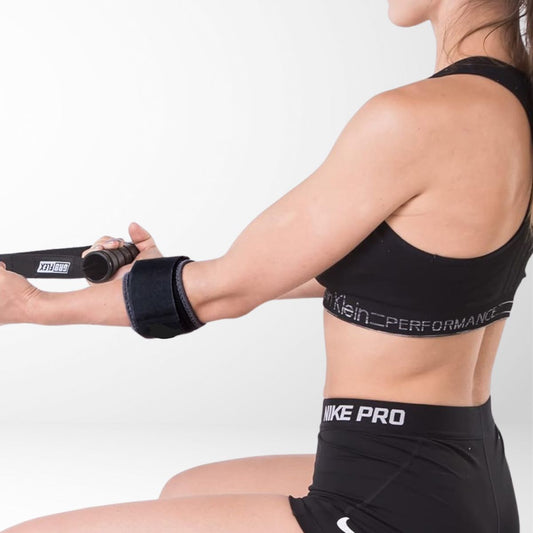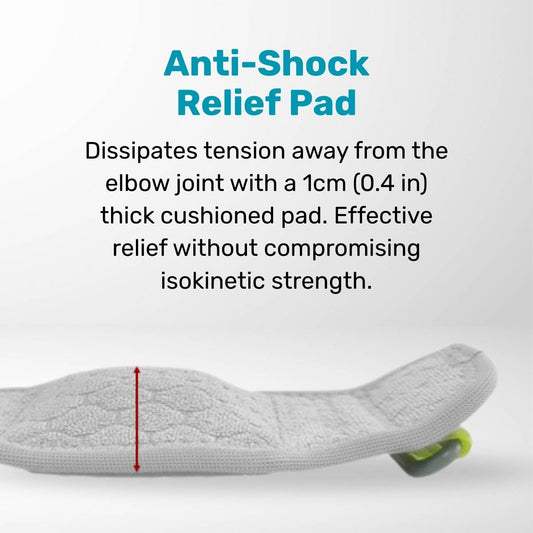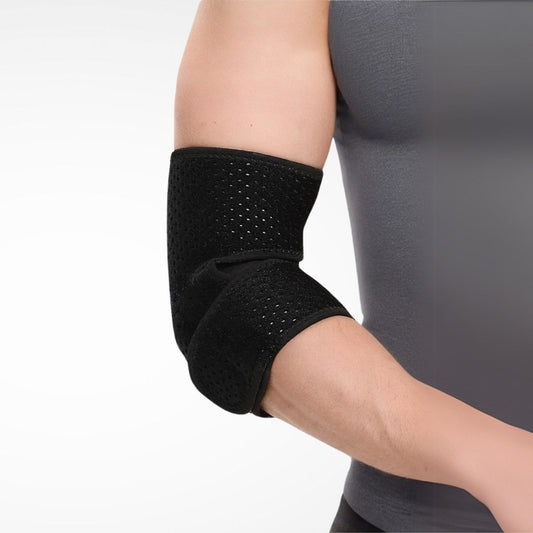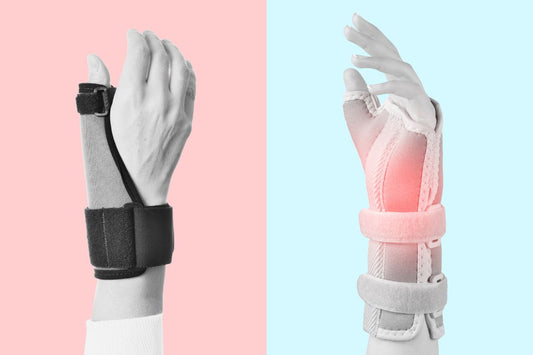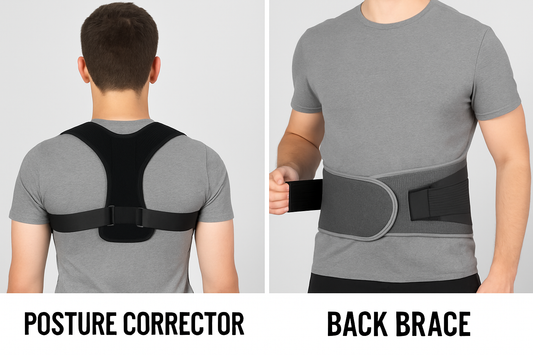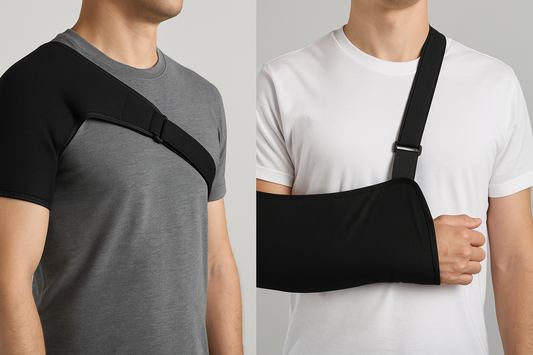Golfer’s elbow, also known as medial epicondylitis, is a painful condition caused by overuse of the tendons that attach to the inner part of your elbow. While it often affects golfers, it can also develop from activities that require repetitive wrist and forearm movements—like lifting, typing, or certain sports.
The good news? With the right approach, including targeted golfer’s elbow exercises, you can reduce pain, improve flexibility, and speed up your recovery.
What Causes Golfer’s Elbow?
Golfer’s elbow happens when the tendons of your forearm muscles become inflamed due to repetitive stress. This can result in pain on the inside of your elbow, stiffness, and even weakness in your wrist or hand.
Common causes include:
- Repetitive gripping or lifting
- Poor form during sports like golf or tennis
- Jobs or hobbies involving tools or typing
Why Exercises Matter for Golfer’s Elbow
While rest is important during the initial stages of golfer’s elbow, relying on rest alone often leads to incomplete recovery or a frustrating cycle of recurring pain. Once the acute pain settles, targeted exercises become a critical part of your healing journey.
Here's why consistent stretching and strengthening make such a difference:
1. Improved Blood Flow Promotes Healing
Tendons naturally receive less blood flow compared to muscles, which makes them slower to heal. Gentle movement and stretching help stimulate circulation in the affected area, delivering more oxygen and nutrients that support tissue repair.
2. Reduces Stiffness and Inflammation
When tendons are overused or injured, they become tight, inflamed, and sometimes scarred. Regular exercises, especially gentle stretching, can help reduce stiffness, ease tension in the muscles, and calm inflammation. Over time, this can significantly improve mobility and comfort.
3. Restores Strength and Prevents Muscle Imbalance
A common reason for re-injury is weakness in the forearm muscles. Strengthening exercises help rebalance the muscles around the elbow, wrist, and hand. This not only supports your tendons but also distributes the load more evenly during activity, reducing strain on the injured area.
4. Prevents Re-Injury and Builds Long-Term Resilience
Without strengthening, you may recover temporarily only to experience pain again when you return to your usual tasks. Exercises that strengthen the tendons and muscles can build resilience, helping you handle daily activities, work, or sports without recurring flare-ups.
5. Encourages Proper Movement Patterns
Sometimes, pain leads us to compensate with awkward or incorrect movements. Targeted rehabilitation exercises can help you retrain proper form, reducing the risk of overloading the elbow again.
Many people with golfer’s elbow notice improvements within a few weeks of consistent exercise, especially when paired with supportive measures like bracing. However, results can vary depending on severity and individual factors, so patience and persistence are key.
If symptoms persist or worsen, always consult a healthcare provider for further evaluation.
7 Golfer’s Elbow Exercises to Try
Here are some simple but effective exercises to include in your routine. Always consult with a healthcare professional before starting a new program, especially if your symptoms are severe.
1. Wrist Flexor Stretch
- Extend your arm straight in front, palm up.
- Use your other hand to gently pull back on the fingers, stretching the underside of your forearm.
- Hold for 20–30 seconds.
- Repeat 2–3 times on each arm.
2. Wrist Extensor Stretch
- Extend your arm, palm facing down.
- Use your other hand to gently pull your fingers downward.
- This stretches the top of your forearm.
- Hold for 20–30 seconds.
- Repeat 2–3 times.

3. Fist Squeeze
- Hold a soft ball or towel in your hand.
- Squeeze gently and hold for 5 seconds.
- Relax and repeat 10–15 times.
4. Wrist Curls (Flexion)
- Sit with your forearm resting on your thigh or a table, palm up.
- Hold a light dumbbell (1–3 lbs).
- Slowly curl your wrist upward, then lower back down.
- Do 2 sets of 10 reps.
5. Wrist Curls (Extension)
- Same as above, but with palm facing down.
- Curl your wrist upward and return slowly.
- 2 sets of 10 reps.
6. Forearm Pronation and Supination
- Hold a lightweight object (like a hammer handle).
- Rotate your forearm so your palm faces up, then down.
- Controlled movement is key.
- 2 sets of 10 reps.
7. Towel Twists
- Roll up a towel.
- Hold both ends and twist in opposite directions like wringing out water.
- Do 2 sets of 10, both directions.
Supporting Your Recovery with a Brace
Exercises are essential, but sometimes, you need extra support—especially during daily activities. Many people with golfer’s elbow find relief using an elbow brace or strap to reduce strain on the tendons while they heal.
While these are commonly called tennis elbow braces, they work equally well for golfer’s elbow when positioned correctly on the inner forearm.
If you're looking for a supportive, comfortable option, check out our collection of tennis elbow braces designed for pain relief and joint support.
The Bottom Line
Remember: Consistency is key. Recovering from golfer’s elbow takes time, but with the right combination of rest, support, and targeted exercises, you can ease your symptoms and prevent further issues. If you're not noticing any improvements after two weeks, consider consulting a healthcare professional.
Always start slow, listen to your body, and consider consulting a physical therapist if you're unsure about form or progress.





